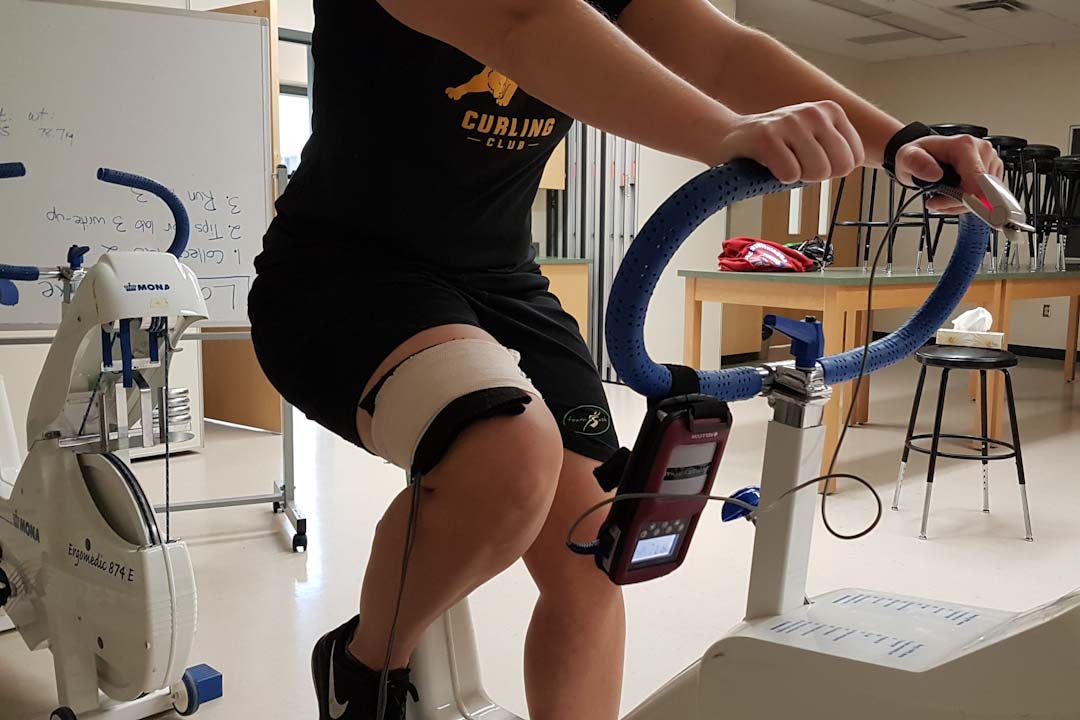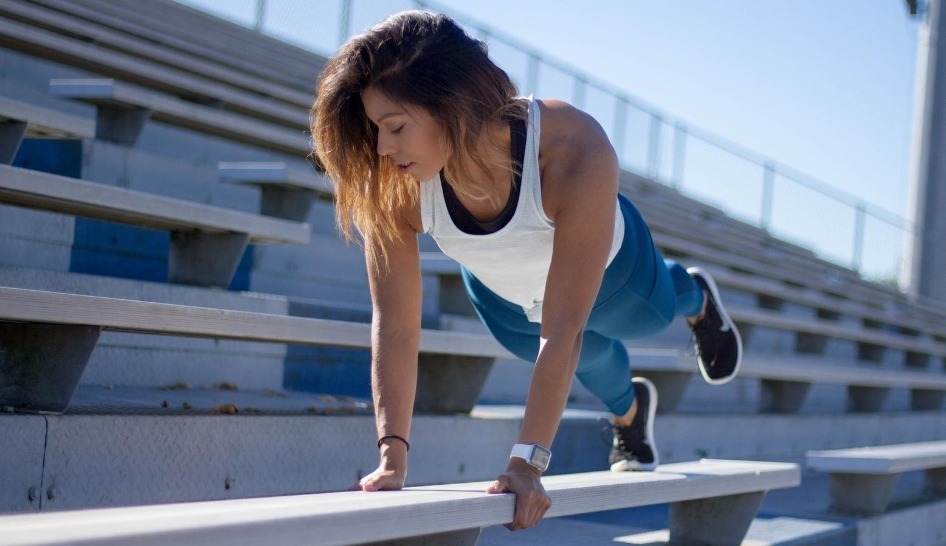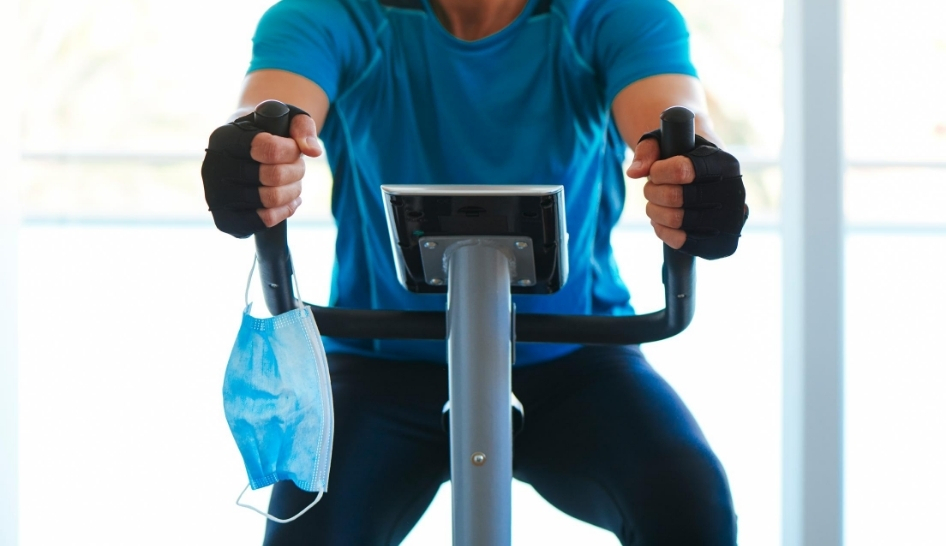To Mask Or Not During Exercise?
"Our findings are of importance because they indicate that people can wear face masks during intense exercise with no detrimental effects on performance and minimal impact on blood and muscle oxygenation.""This is important when fitness centres open up during COVID-19 since respiratory droplets may be propelled further with heavy breathing during vigorous exercise and because of reports of COVID-19 clusters in crowded enclosed exercise facilities."University of Saskatchewan researchers"If people wear face masks during indoor exercise, it might make the sessions safer and allow gyms to stay open during COVID.""It might also allow sports to continue, including hockey, where transmission of COVID-19 appears to be high.""Usually a participant reaches exhaustion on this test in six to 12 minutes depending on their fitness level."Dr. Phil Chilibeck (PhD), professor, USask College of Kinesiology, study co-author
 |
| A small Canadian study from the University of Saskatchewan has found
that face masks do not hinder breathing for some healthy individuals
during even “vigorous” exercise. University of Saskatchewan, College of Medicine |
The World Health Organization is quite clear in its direction over exercise and masking; according to their experts, exercisers would do best to avoid wearing masks while working out since masks, they claim, make it more difficult to breathe and the moisture that is generated from perspiration along with an increase in exercise-generated respiration will result in the mask fabric becoming wet and playing host to a wide range of micro-organisms.
That advice has resonated with most regional and national public health authorities which also recommend against mask-wearing when exercising. As always within scientific circles there are dissenting opinions. A team of researchers out of the University of Saskatchewan, and two sports medicine experts from the University of Pretoria in South Africa make their own claims, that masks should be worn while engaged in indoor exercising, where others are in near proximity.
 |
 |
Relaxed breathability also reduces buildup of heat around the mask that tends to occur as exercise intensity increases, even while maintaining a protective barrier against virus transmission. Some of the more lightweight, breathable synthetic masks available prove to be less effective in containing expired respiratory droplets; the major function of mask-wearing. "There is unfortunately an inverse relationship between protection and breathability with regard to the wearing of masks while exercising", cautioned the two South Africans.
Researchers Hamuy Blanco and Janse van Rensburg recommend further, taking along a second, even a third mask to the gym, to enable one to change to a dry mask if and as required, since a wet mask makes it more difficult to breathe, and makes the cloth barrier less effective at mitigating t he release of respiratory droplets into the air.
 |
| A new mandatory mask rule takes effect for indoor public spaces in Prince Albert, Saskatoon and Regina, Sask. on Friday. People exercising are exempt. (New World Fitness website) |
Labels: COVID-19, Exercise Masking, Research, Transmission, University of Pretoria Study, University of Saskatchewan Study, WHO

0 Comments:
Post a Comment
<< Home